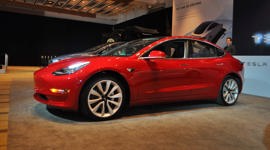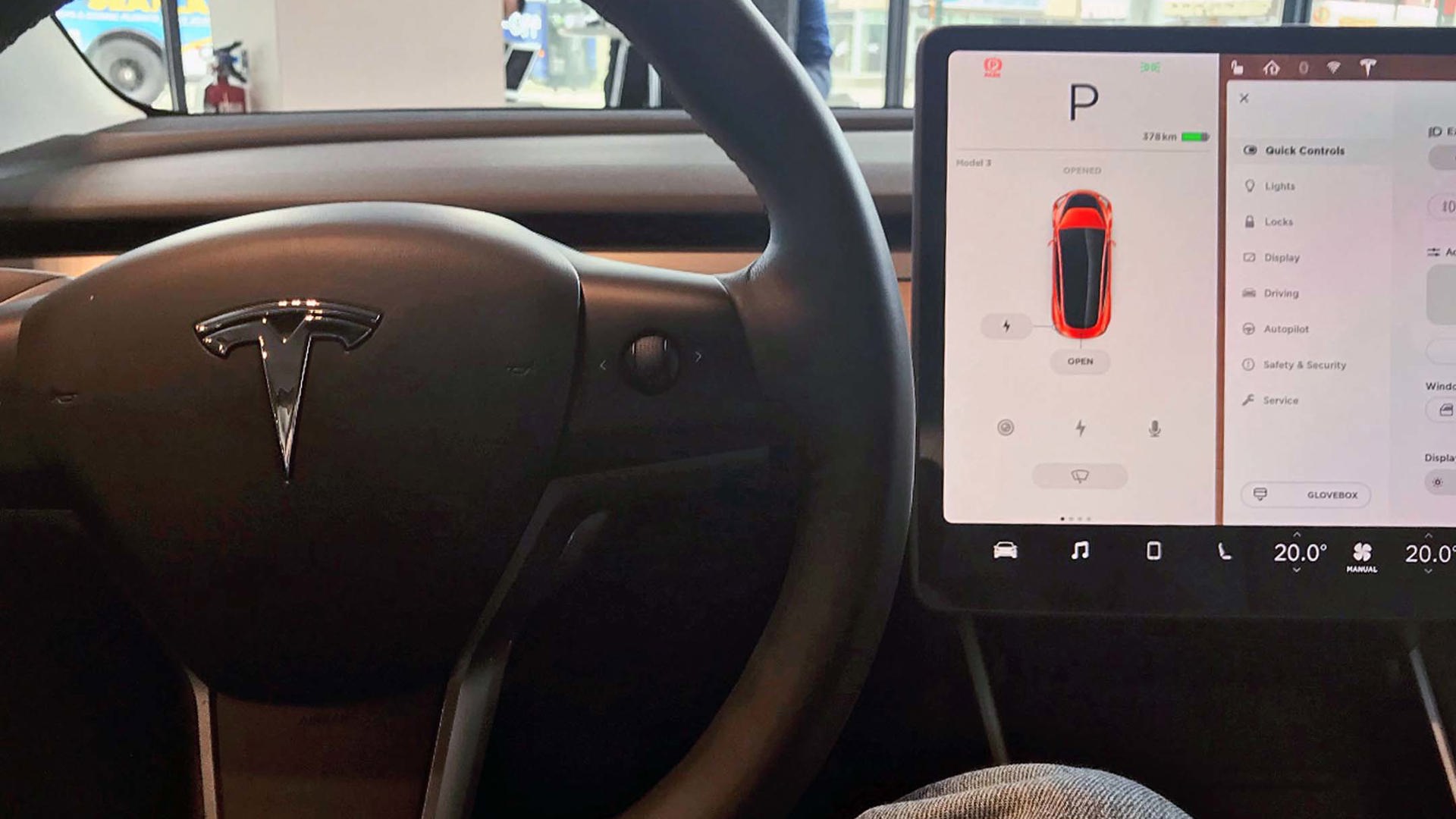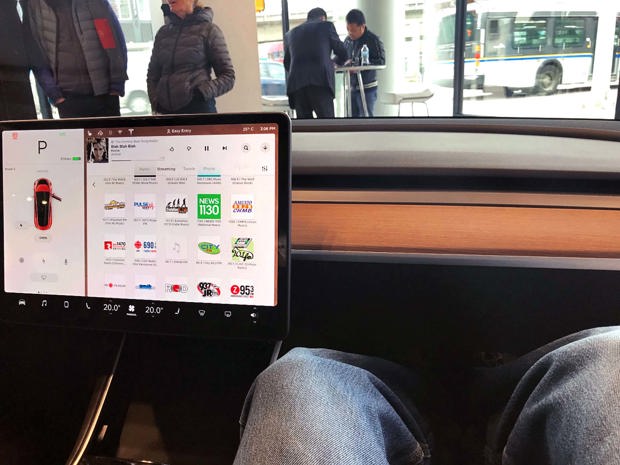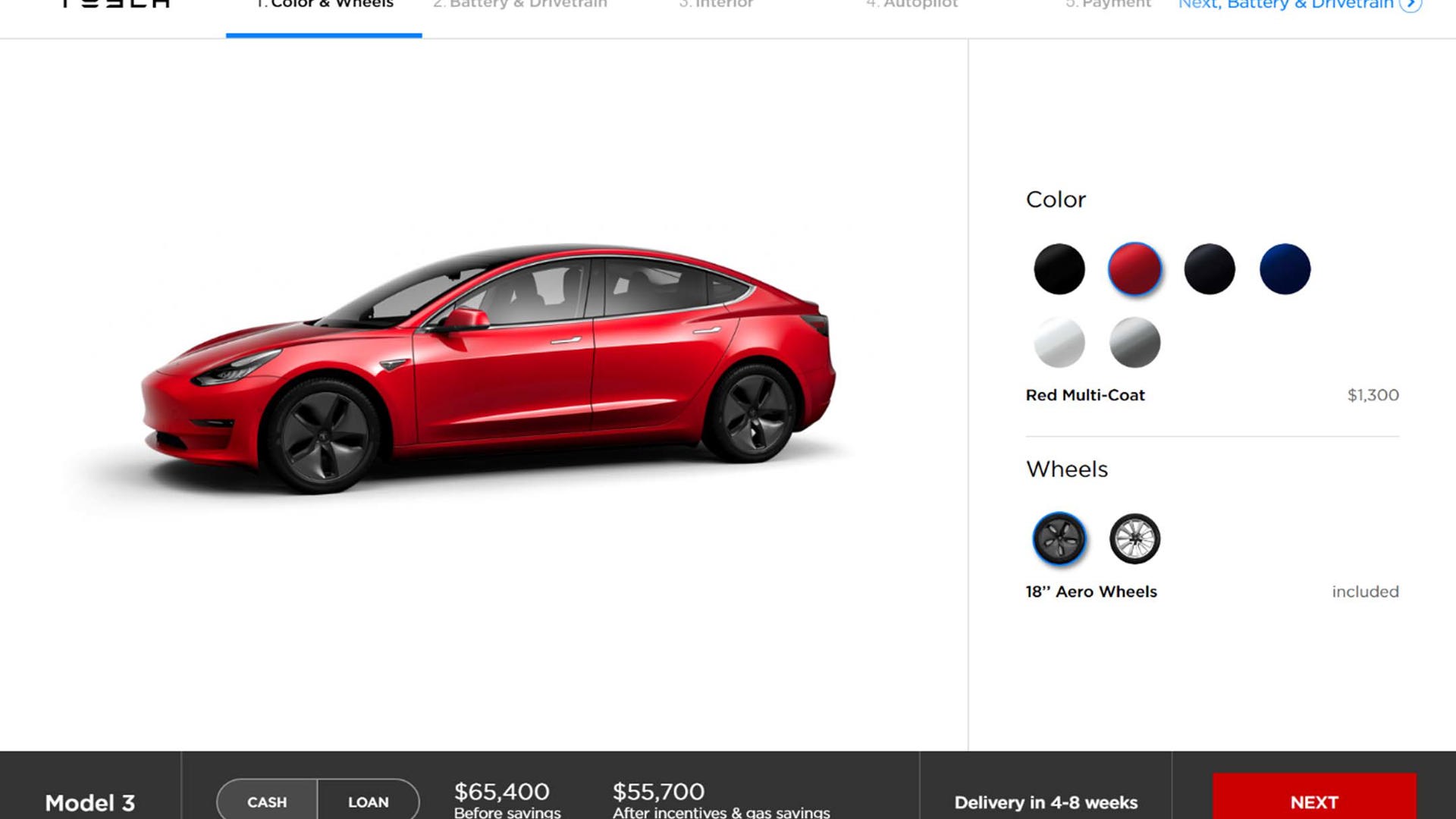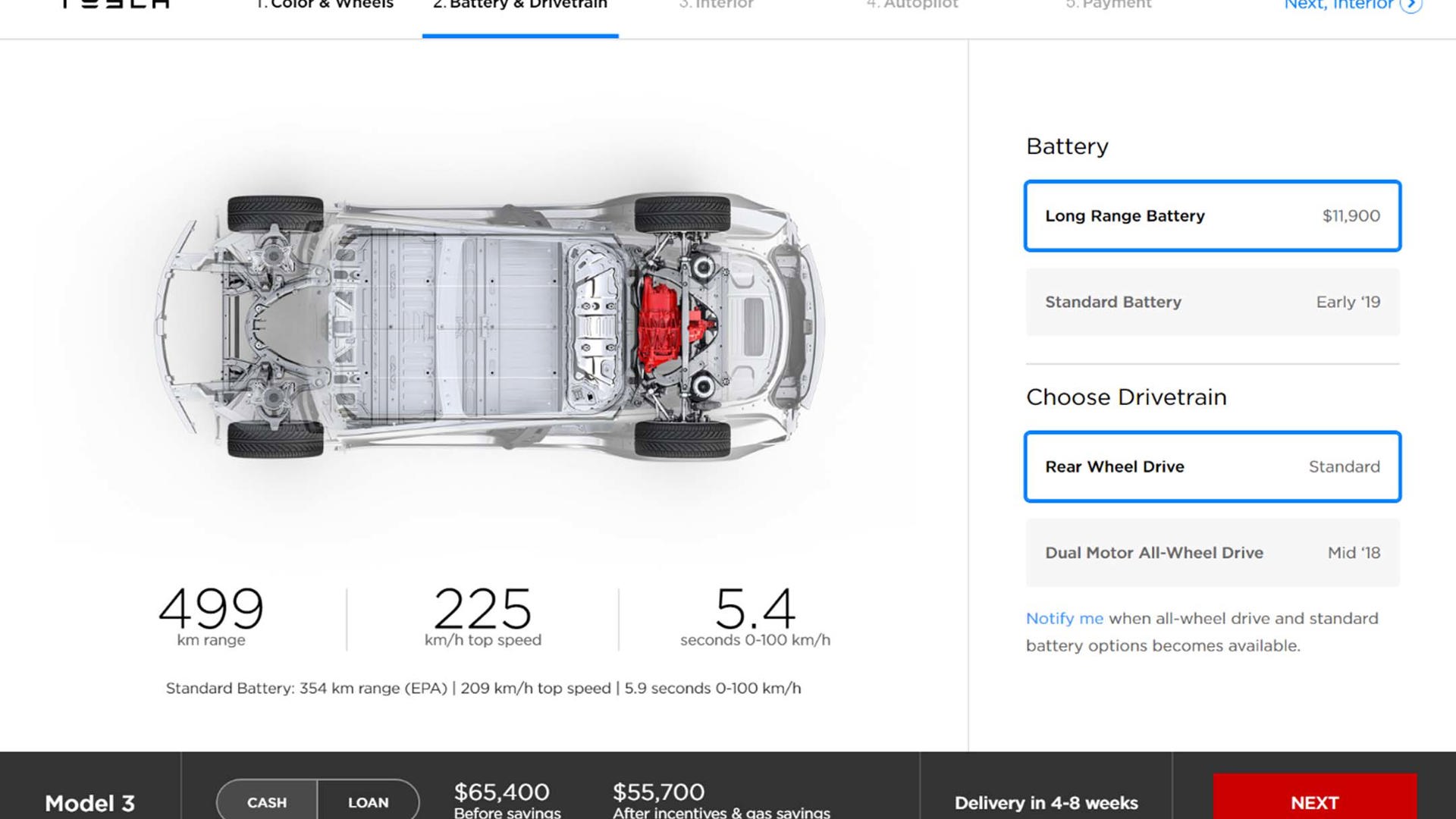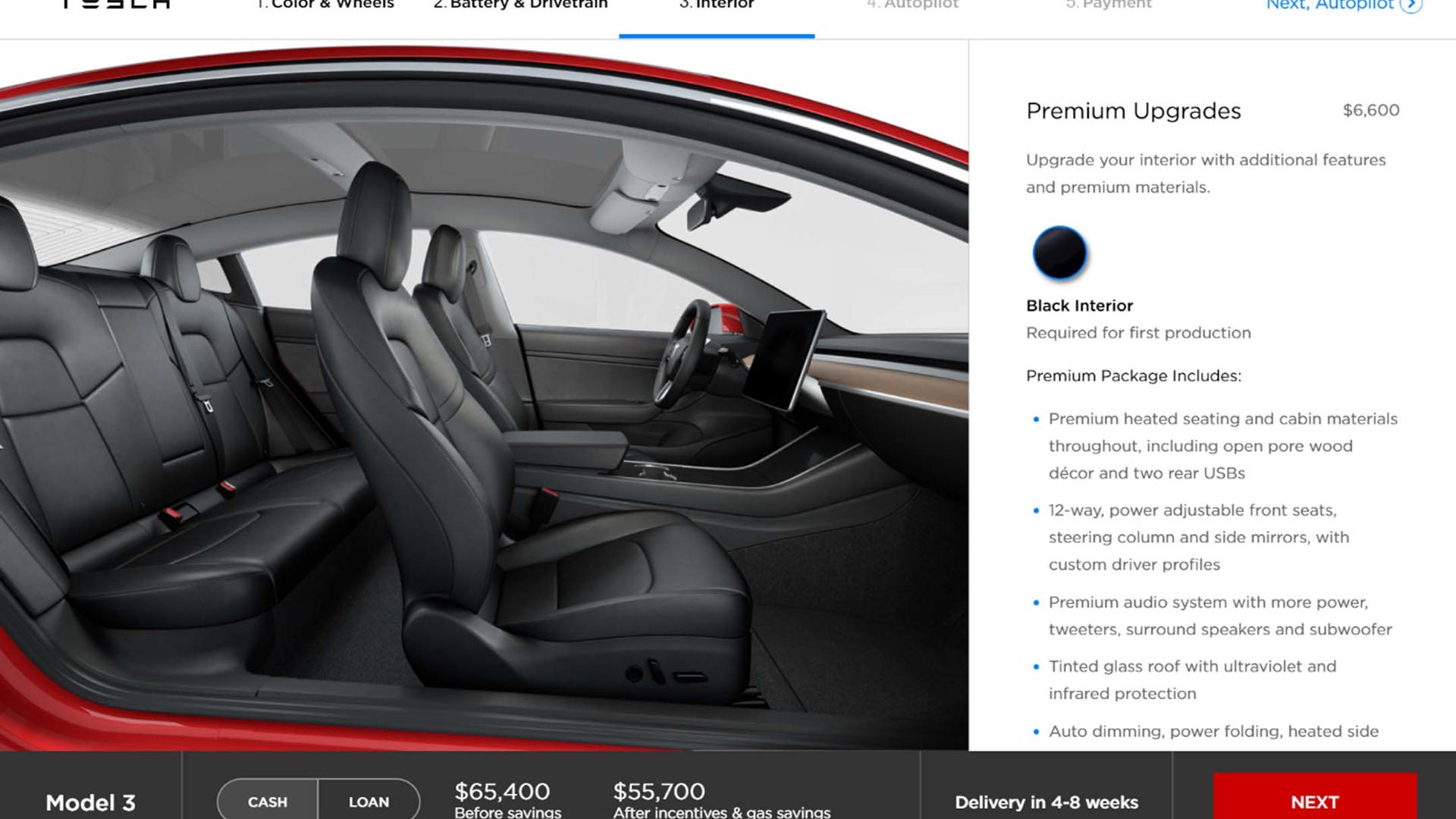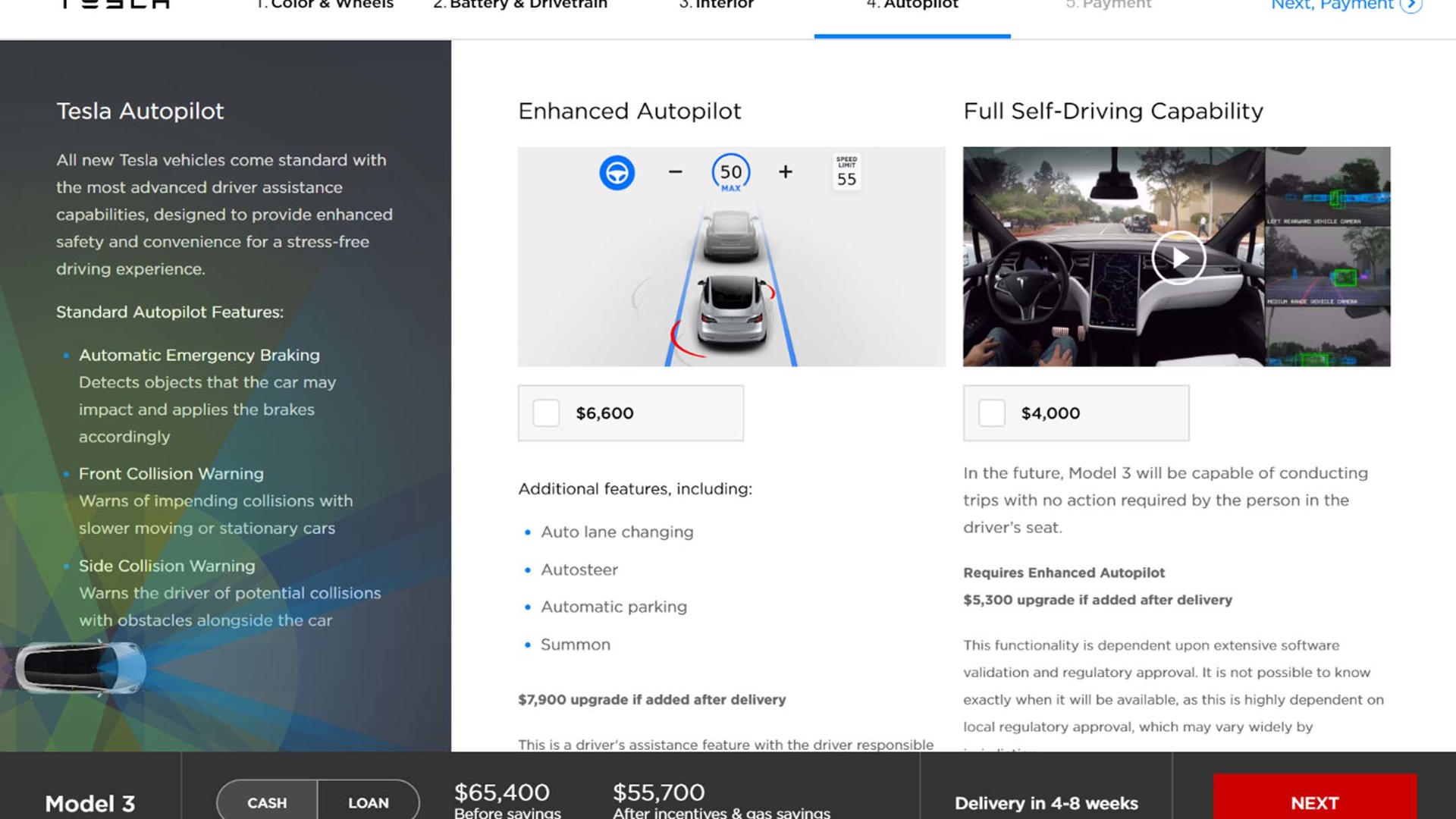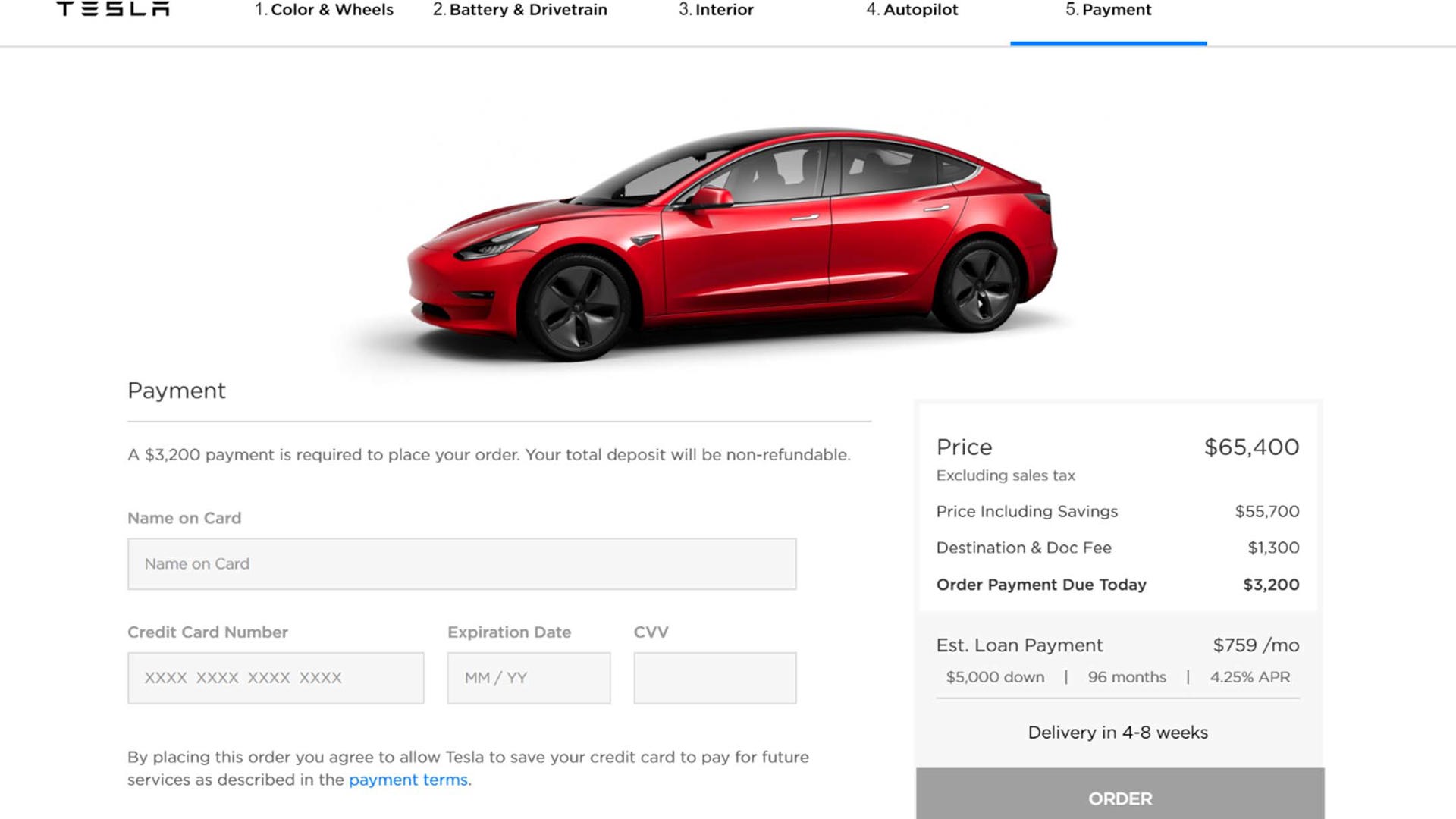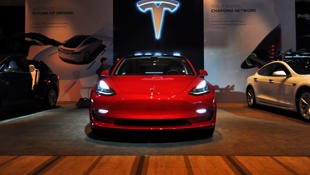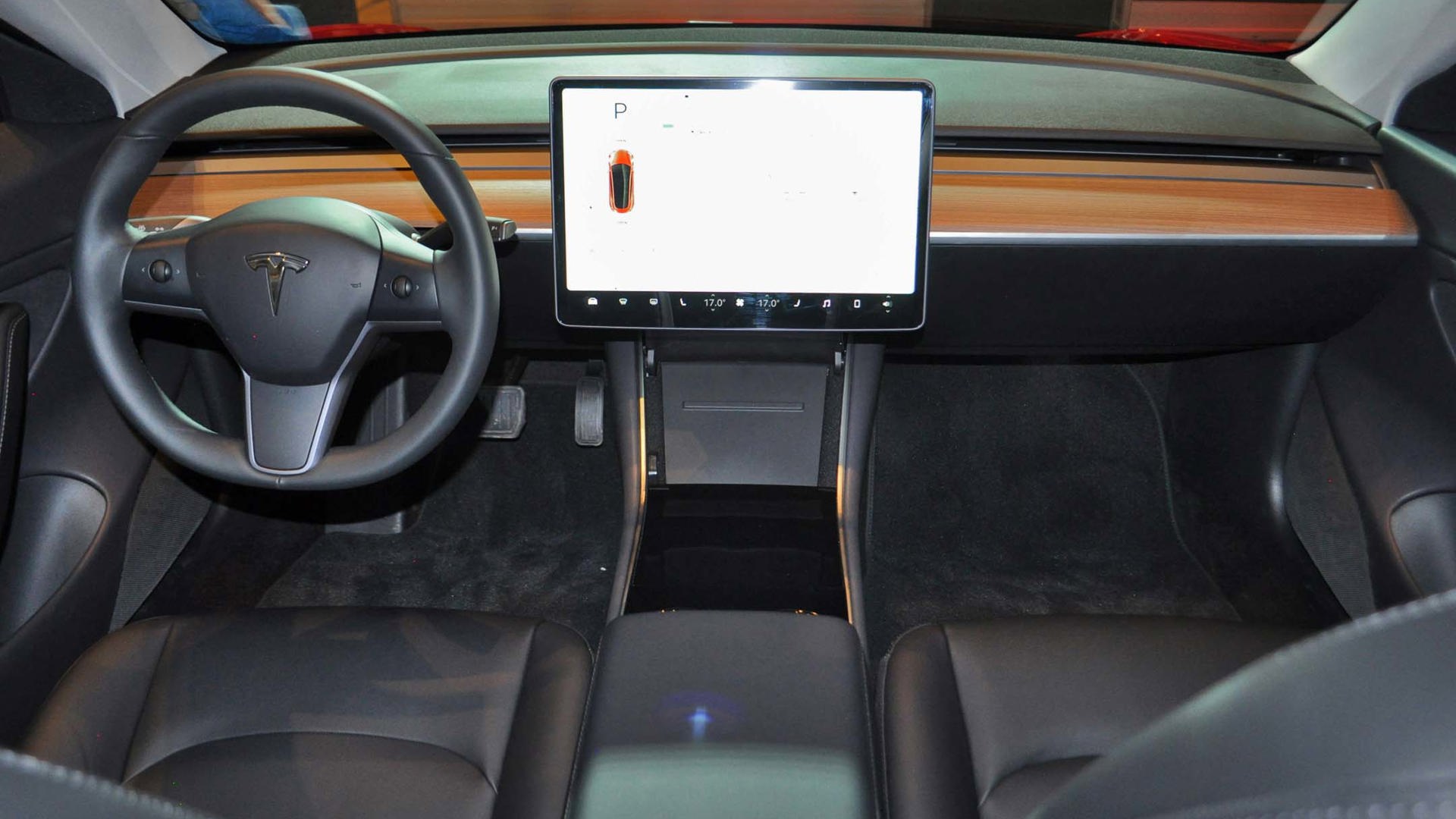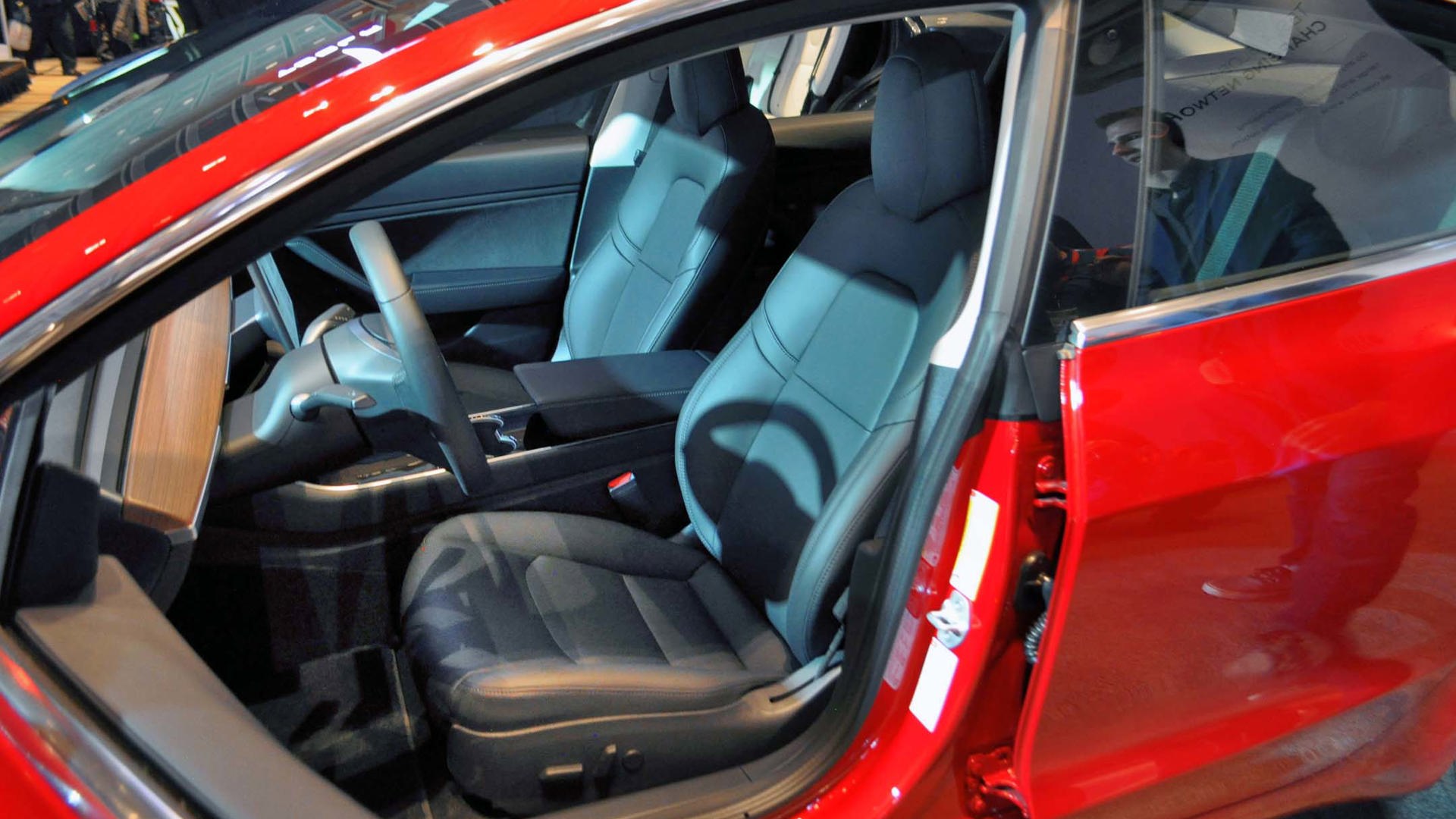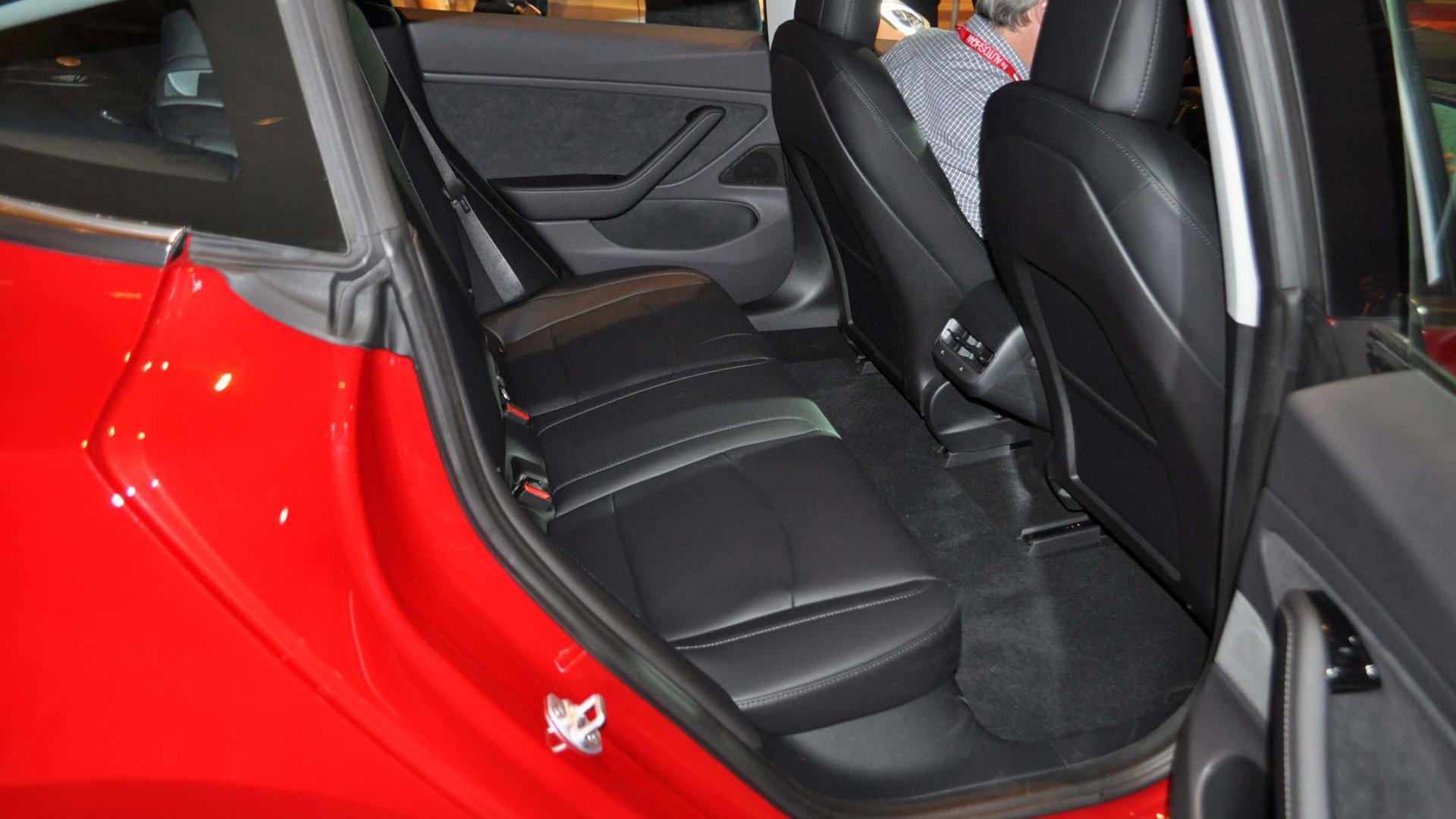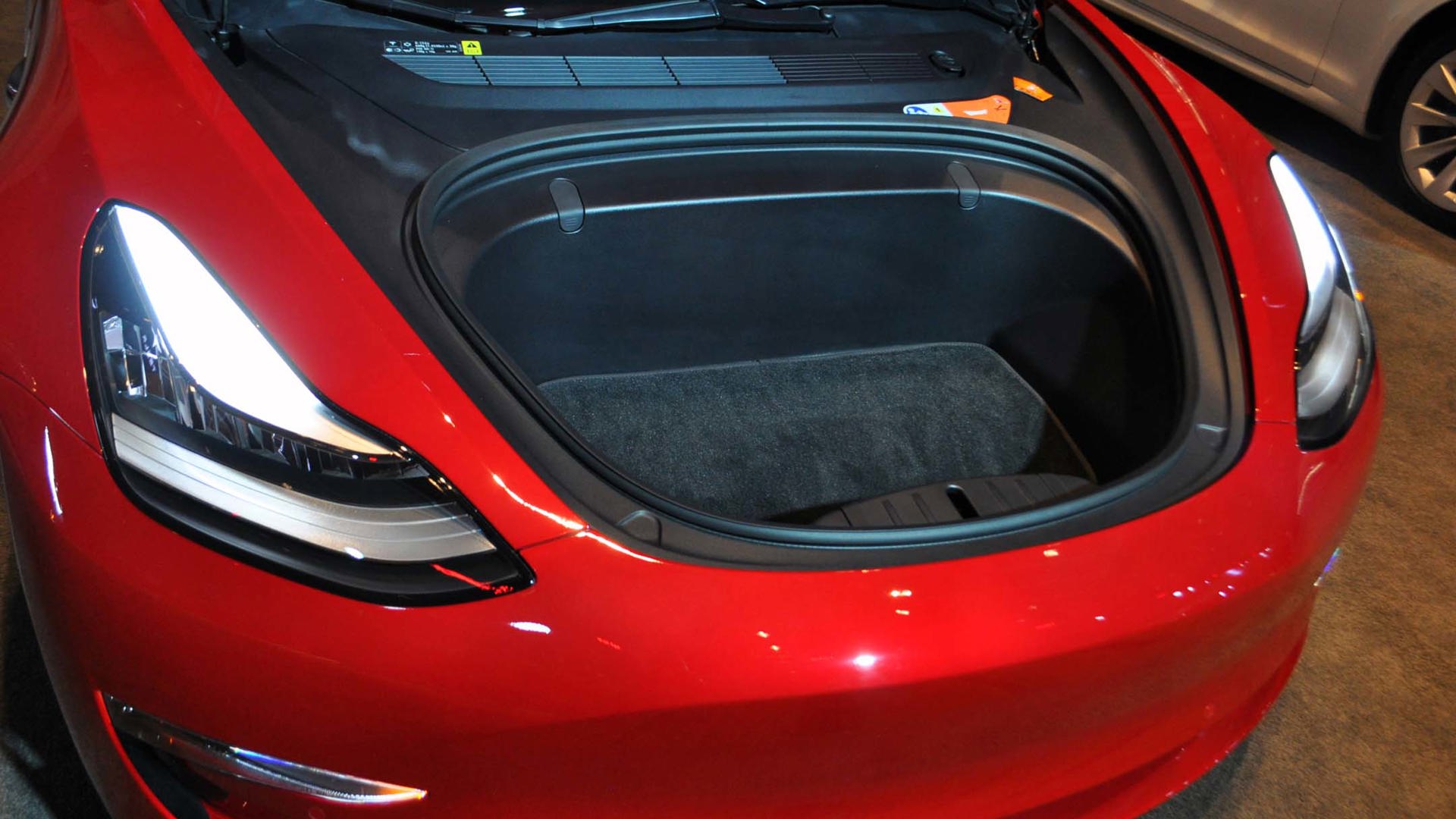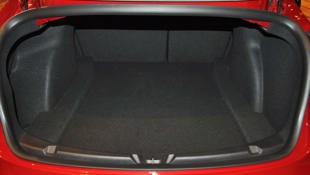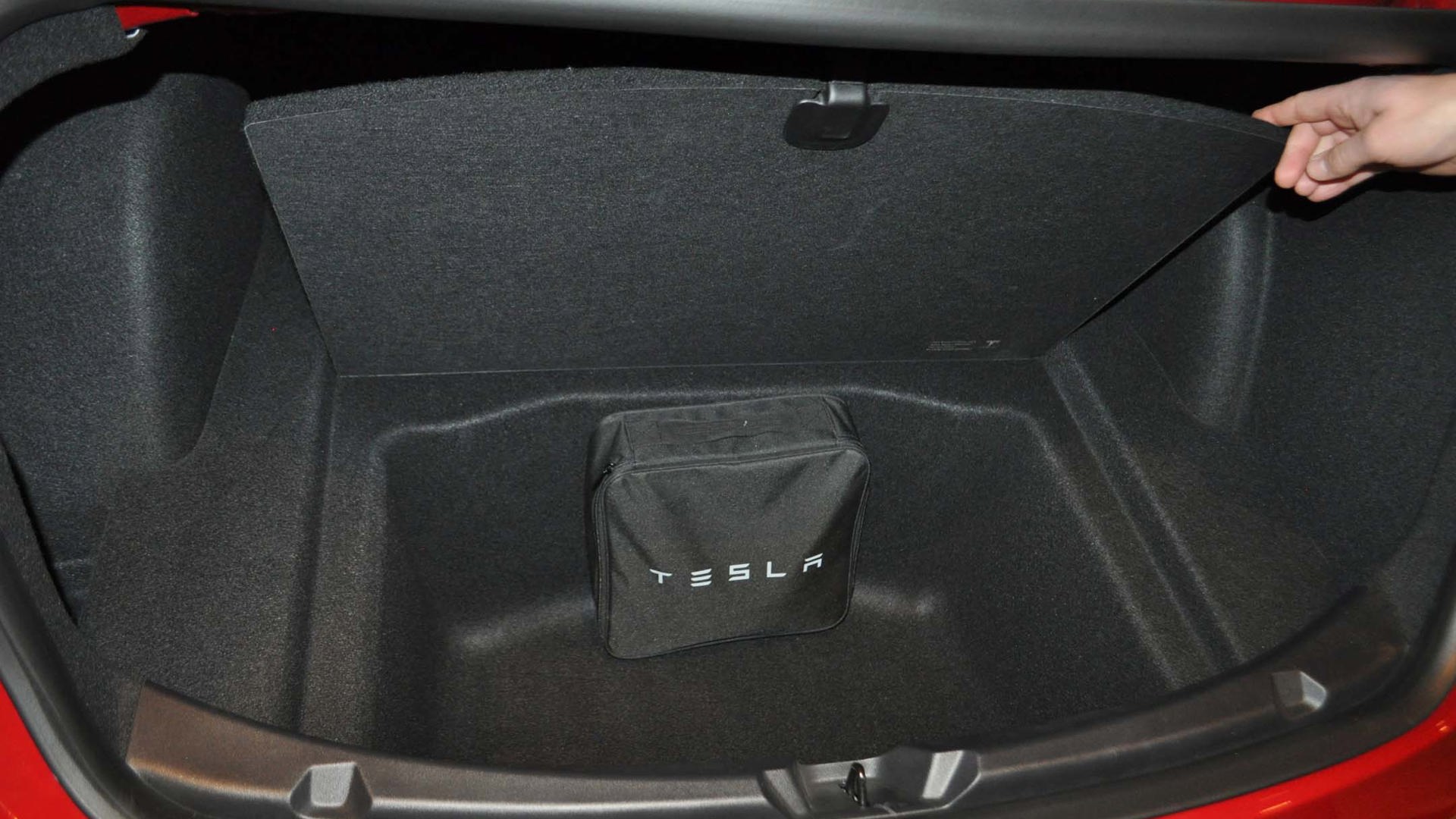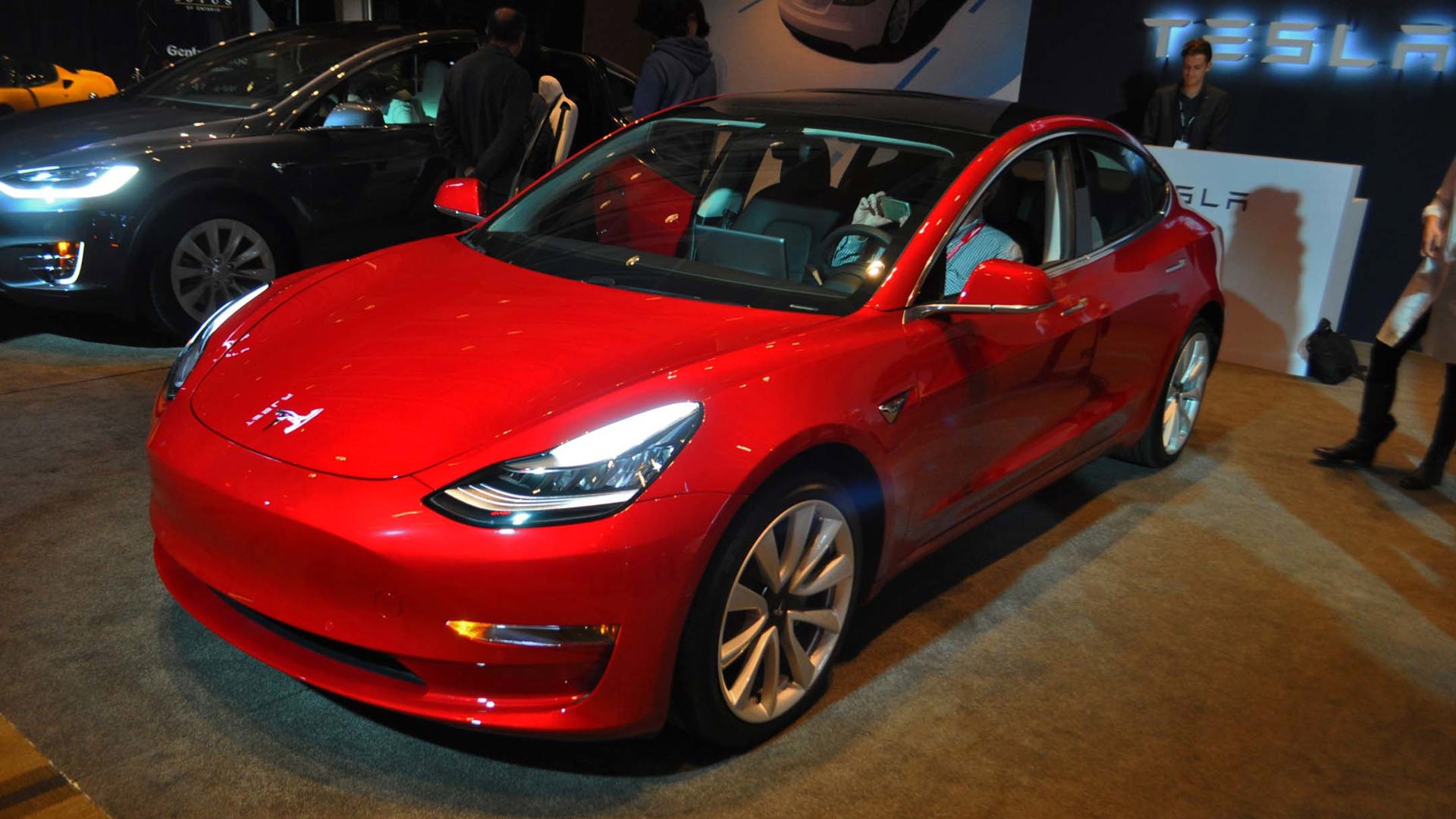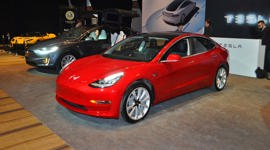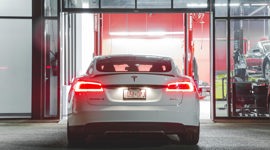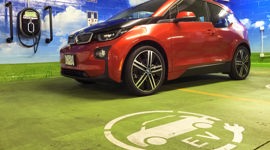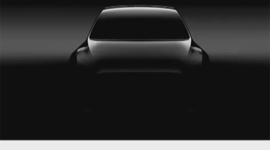If you read my first article, Tesla Unofficial Road Trip Encounter: Model 3 comes to Canada, it ended with me not fitting comfortably in the Model 3. The caveat here was that it was at night, in the rain, with a line of people behind me waiting their turn. I was really bummed out but vowed to give it another go once the Model 3 came to our local showroom.
Fast forward to the end of March. We had decided to perhaps look at a CPO Model S as an alternative to the Model 3 and had arranged to meet with the local Tesla Remarketing Manager to discuss further. Between my wife and I we agreed that this would be the last chance on the Model 3 before deciding on another Tesla. At the time, she was super keen on the X but that was out of our price range.
When we showed up to the showroom they had the Model X, Model S, and Model 3 on display. We immediately went for the Model S. We both agreed that it’s a big car. Bigger than our small SUV but overall nice inside. No big surprise there. Eventually the Model 3 became available and we were all over it.
Second chance at a first impression
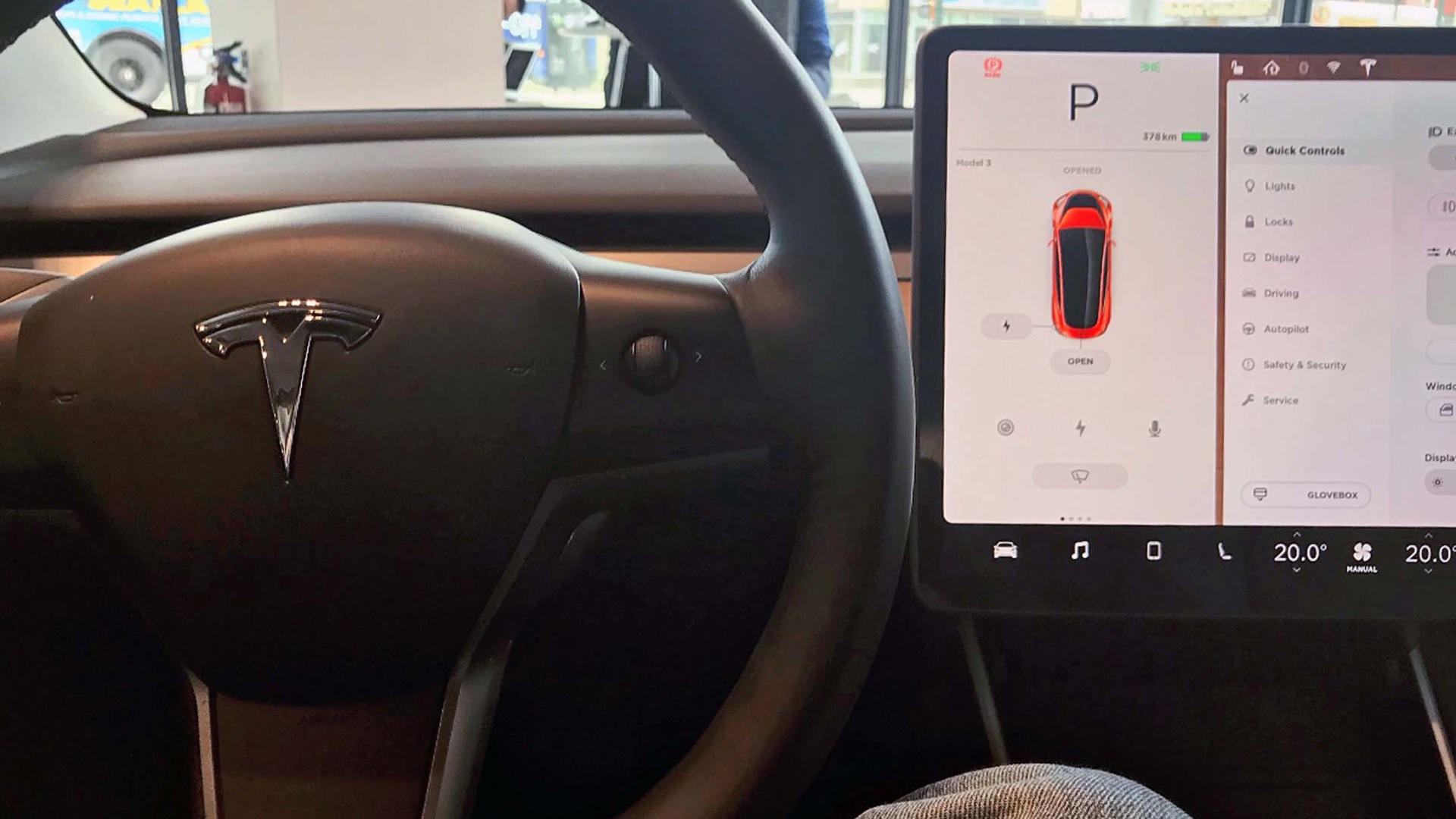
The first obstacle is getting in. I was helped by another reservation holder who had seemed to have the touchscreen and controls memorized. This time, I was able to comfortably get in – by lowering the seat and putting it all the way back. It really left no room for a passenger in the back seat but given my height that’s a normal thing in any car. Then I was able to adjust the steering wheel for my long legs. That was done via selecting the steering wheel option on the touchscreen and then using the two scroll-wheels on the steering wheel itself.
This changed everything for our visit and we got serious about the Model 3. That meant checking out the back-up camera, view out the back, cargo space, and of course the front trunk (or “frunk”). Visibility out the back seemed better than the Model S. The fact you can leave the rear camera display on the touchscreen while driving is very helpful too.
We did check out the Model X and went through the lists of discounted demo cars with one of the employees. It’s an amazing car and we’d love to have one, but really don’t want to put that kind of money into a car.
What’s next?
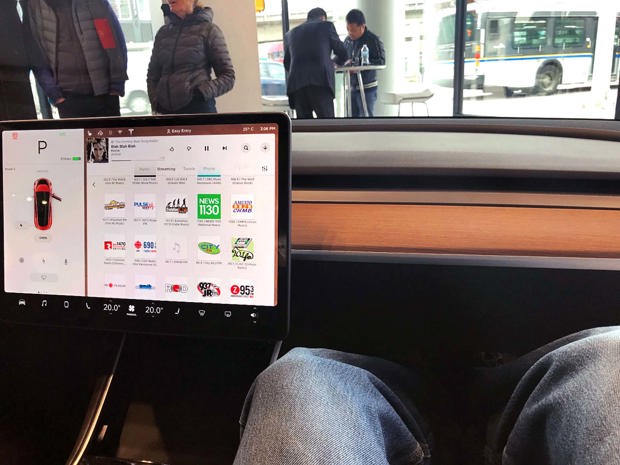
Shortly after our showroom visit I decided to log into my Tesla account to see if my status had changed. The week prior, previous Tesla owners in Canada were invited to configure their cars. Lucky me, I logged in and saw that it was my turn to configure my car. Coincidentally, it was just a few minutes later that I received an email notification stating the same. Evidently it was the first day non-owners in Canada could configure and order a car.
Right now, you have limited options on what you can configure – what Tesla calls the “First Production” version. It’s more expensive than the base model, which helps Tesla’s bottom line, while the limited customization simplifies the manufacturing process – something they’ve struggled with. The site stated that if I ordered a car that day I would receive it in four to eight weeks.
The next step is to go through the configuration and decide if we want the “First Production” version or if we’ll wait to get the AWD version. Meanwhile, it’s time to clean the garage and call around to get the charger installed.
A walkthrough of the Canadian Tesla Model 3 design studio
Step 1: Colour & Wheels
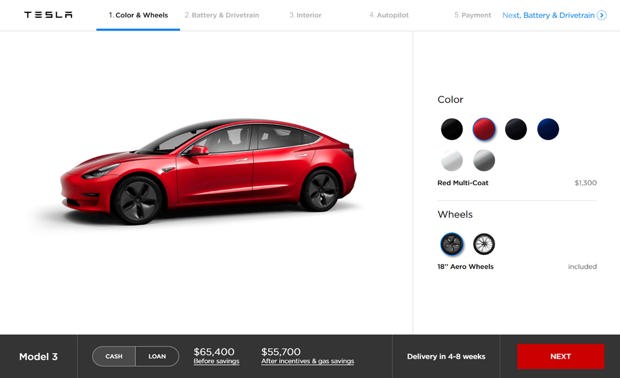
Base paint is black – all other paint colours are $1,300 extra. We had planned on getting either the silver or blue, but the red was really impressive in person.
The standard 18-inch wheels have these aero covers which supposedly increase range. The alloys underneath are nice-looking. To upgrade to the 19-inch sport wheels is another $2,000. I think I’ll stick with the base wheels, and remove the aero covers.
Step 2: Battery & Drivetrain
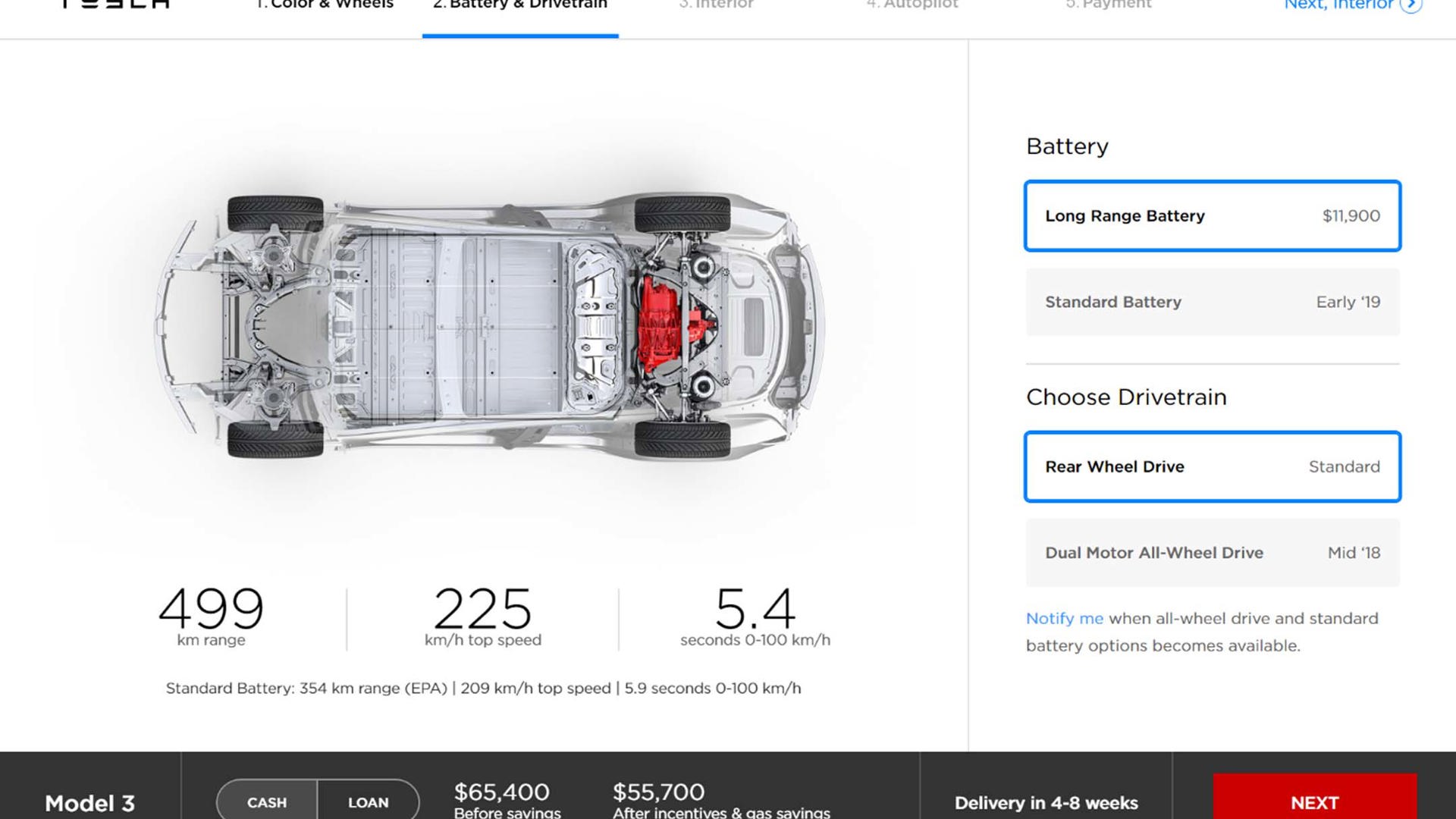
The only battery and drivetrain option right now is RWD “Long Range”. That means a $11,900 premium over the theoretical base model of $46,500. That gets you 499 km range, 225 km/h top speed, and 0–100 km/h in 5.4 seconds. The AWD dual-motor version is listed as coming out mid-2018 and will be followed by the base model in early 2019.
This is where I struggle a bit. We live in Vancouver so we don’t get a lot of snow. But we have an SUV (which we are keeping) and it’s great when heading up the mountains to Whistler. And we like having AWD. Based on other reviews, RWD Teslas do great in the snow with proper winter tires due to their weight and low centre of gravity. However, I can see the hesitation on RWD for other Canadians with heavier winters. We’ll need to give it a bit more thought.
Step 3: Interior
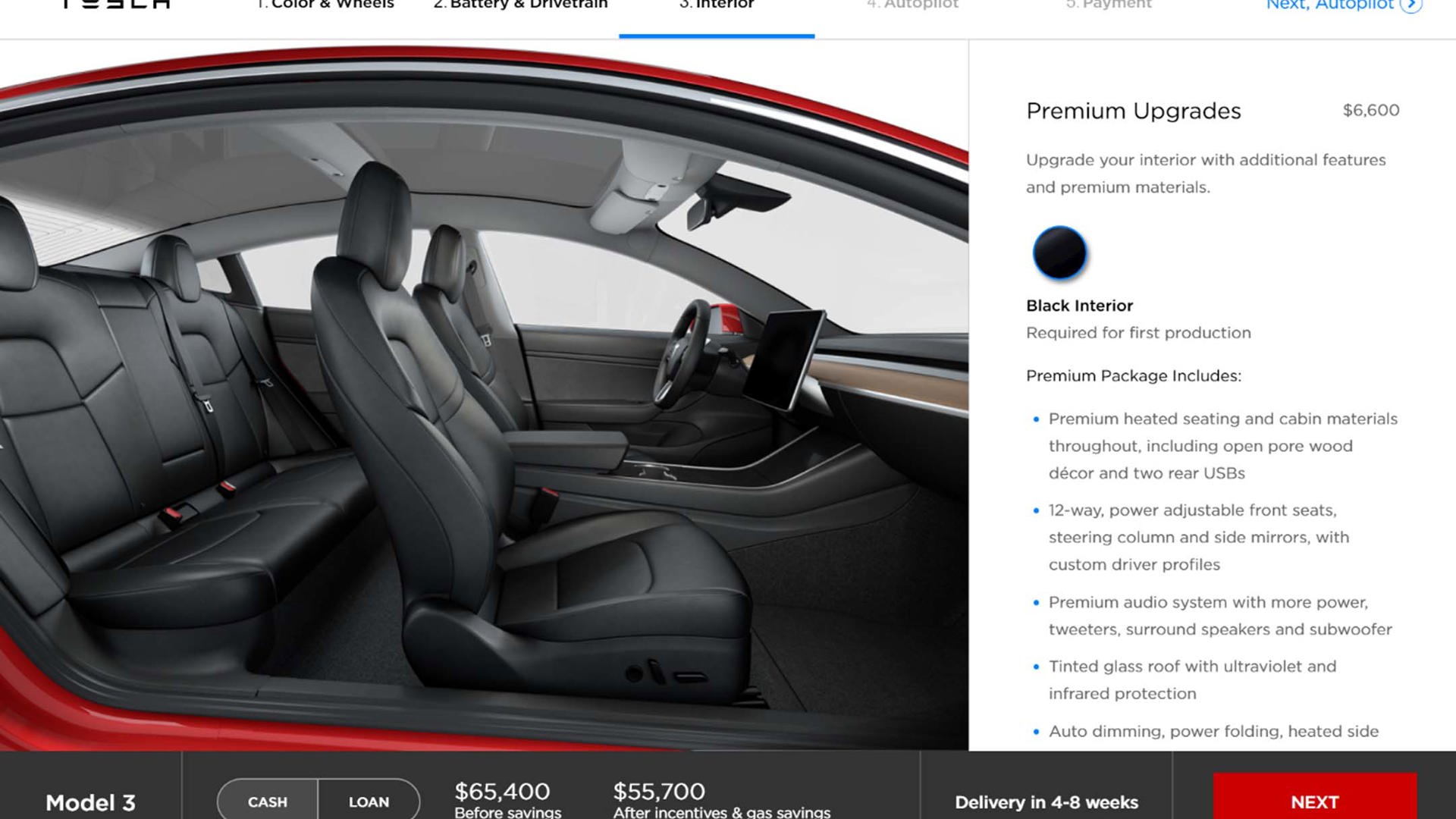
There’s currently only one interior option, the “Premium Upgrades” package, which includes things like the all-glass roof, premium audio, and other things you’d expect like heated seats. The interior is famously sparse with the main feature being the large touchscreen and the notable absence of a standard gauge cluster.
Overall, I like the interior. It doesn’t feel luxurious, but it doesn’t feel cheap either.
Step 4: Autopilot
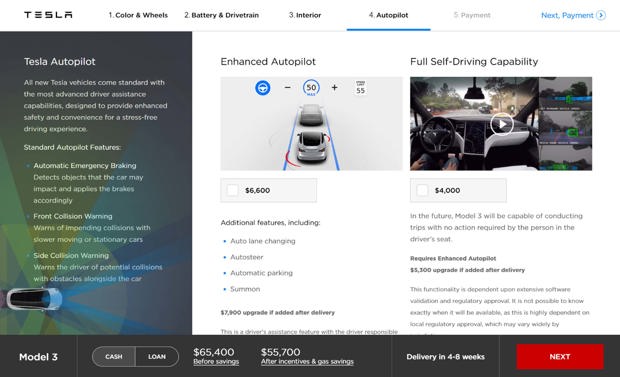
The final option is for software upgrades. Each Model 3 is said to have hardware support for full self-driving. That’s not currently available, but you can opt for “Enhanced Autopilot” which will do things like auto steer, auto lane-change, auto park, etc. That’s a $6,600 option, but you can choose to add it later for $7,900. “Full self-driving capability” is $4,000 upfront, or $5,300 after delivery with no ETA for its arrival. I think we’ll probably wait on both.
Final price
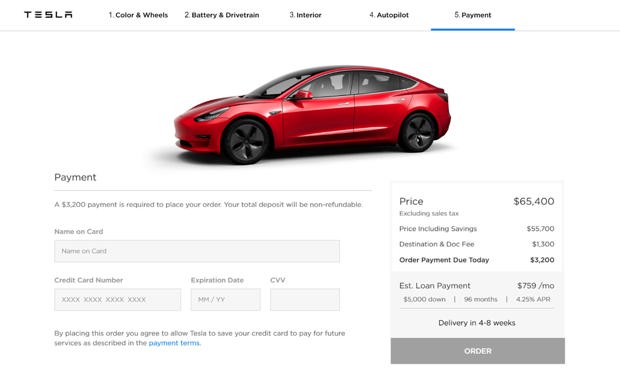
The way I’ve configured it, the final price is $65,400. There’s a $5,000 EV rebate for me in BC which brings it down to $60,400 before taxes and $1,300 in destination. That’s a big jump from the $46,500 base model ($41,500 after rebate). If you’re in Ontario with its $14,000 EV rebate, the price would be $51,400 as I’ve configured it versus $32,500 for the base model (the prices here do not include the destination fee or sales tax, which is calculated on the final price before rebate).
